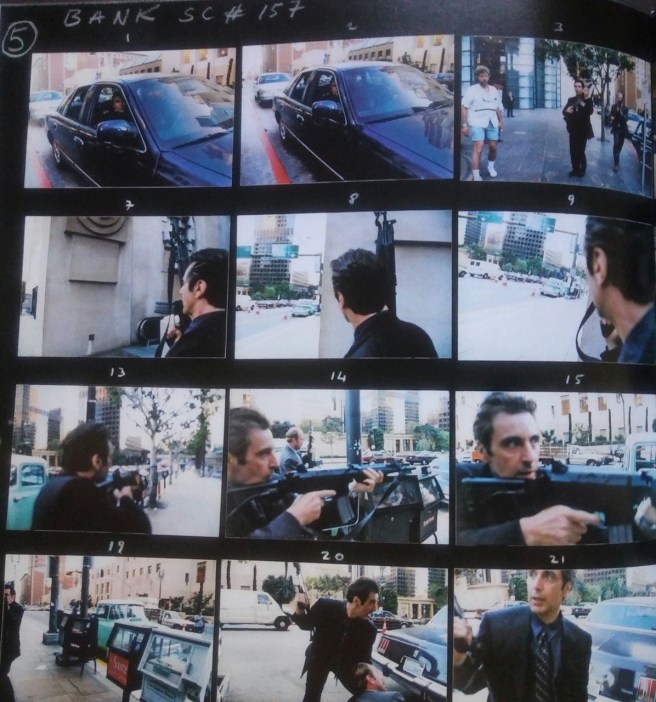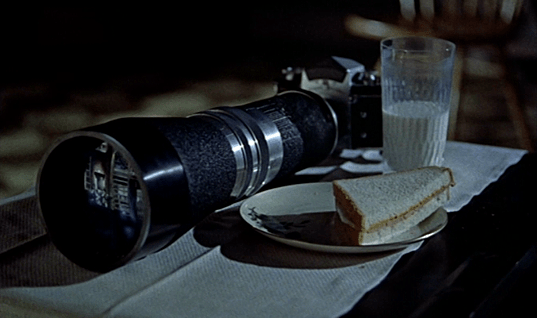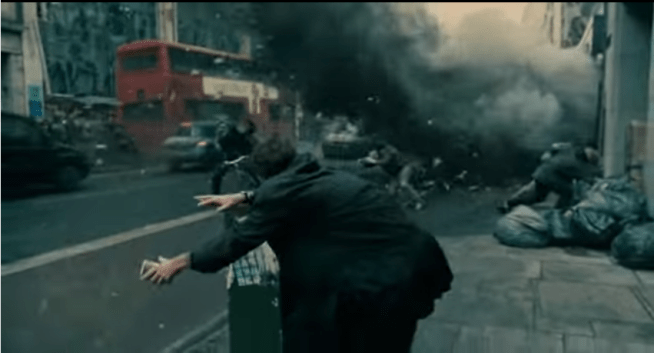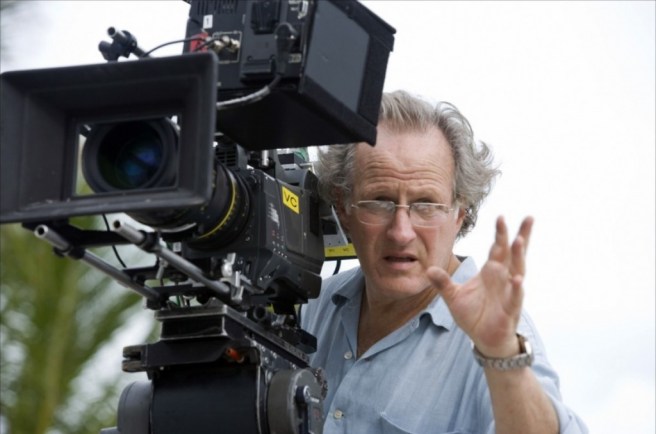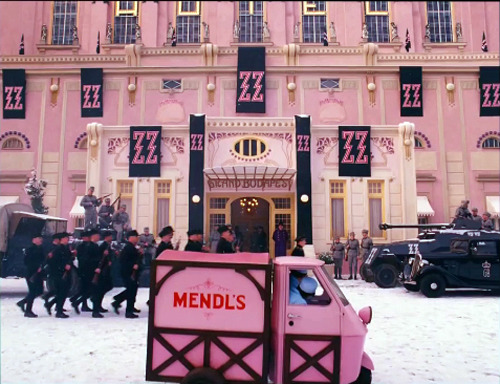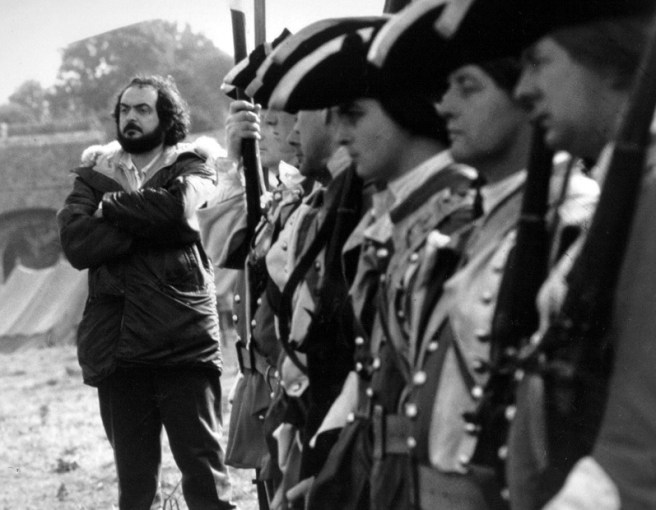“Because modern horror is usually this masochistic titillation bullshit, a lot of people in interviews will tell me [The Witch] is not a horror film, it’s a psychological suspense thriller with supernatural elements,” he said, putting on a tone of faux-snobbery. “And I’m like, ‘O.K., that’s cool.’ But then fucking Edgar Allan Poe isn’t horror, either. “What’s important to me about horror stories,” he continued, “is to look at what’s actually horrifying about humanity, instead of shining a flashlight on it and running away giggling.”
Robert Eggers, Director of ‘The Witch,’ on the Horror Right in Front of Us | | Observer
